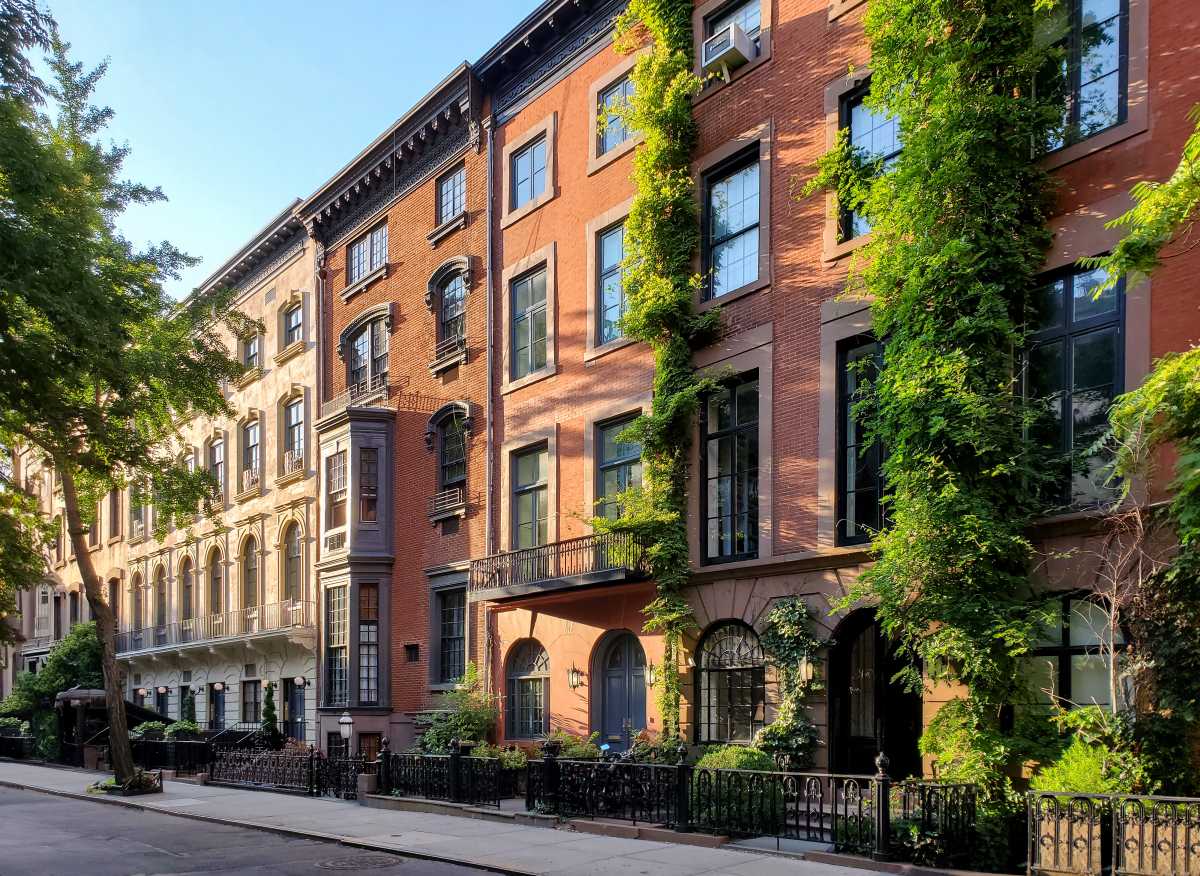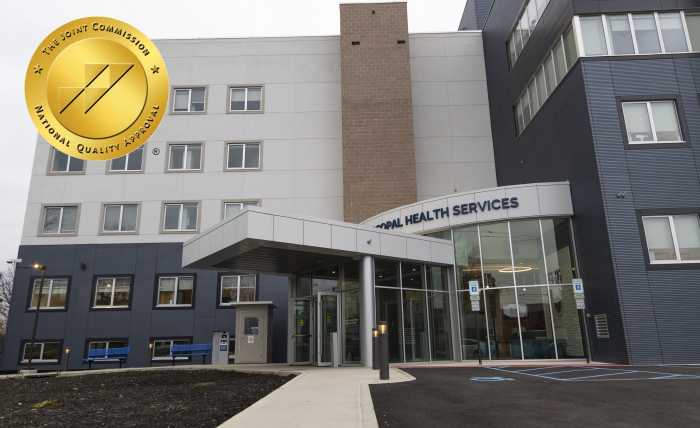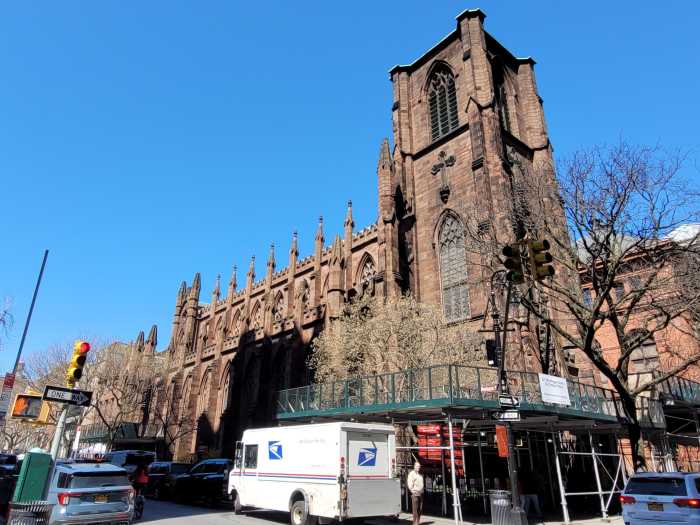By Brad Hoylman
“St. Vincent’s Is Modernizing”
“Hospital Plan Is Opposed by Neighbors”
“St. Vincent’s Hospital Plan Stirs Anger”
These are headlines that could be ripped from The Villager or any other newspaper covering the plans by St. Vincent’s to build its new “green” hospital with a state-of-the-art emergency room and trauma center in the Village. But they aren’t from today’s news. They’re from nearly 30 years ago when St. Vincent’s first sought a certificate of appropriateness from the city’s Landmarks Preservation Commission to demolish the Seton and Lowenstein buildings, two of the hospital’s historic properties on Seventh Ave.
Then, as now, there was widespread community opposition to the hospital’s plans. Then, as now, the debate pitted the needs of modern healthcare against preservationists and neighborhood activists who believed that the historic buildings could be renovated and reused. Then, as now, St. Vincent’s and the local community had both earnestly tried to cooperate for months through a hospital-community task force set up to review and develop the plans. (In 1978, it was called the Community Core Committee, the precursor to today’s Working Group.) And then, as now, members of the local community had proposed what they called an “alternative plan” to retain some of the buildings scheduled for demolition!
A coincidence? A Village time warp? A better explanation is that institutions like hospitals and universities, which can only thrive on change and innovation, continually have the need to modernize, even in historic neighborhoods like Greenwich Village. These institutions, like St. Vincent’s, are generally run by very smart and well-meaning people who are convinced that they can win over local opposition with the broader social arguments, like quality healthcare. The problem, however, is that a fundamental community concern — in this case, protecting the historic character of the neighborhood — rarely gets addressed in a serious way. It’s as if the two sides are talking past each other.
It’s our job on Community Board 2, however, to make sure this doesn’t happen. Concerns about historic preservation should be heard loud and clear. That’s why I am urging the community board to join the Municipal Art Society in advocating that the Landmarks Preservation Commission focus first on determining whether it is appropriate to demolish each individual building as proposed by St. Vincent’s.
Take the O’Toole Building, the former National Maritime Union Headquarters at 36 Seventh Ave. One community group has already proposed sacrificing it as part of their “alternative plan” for a new hospital. But this seems too hasty without a full-blown analysis of whether O’Toole contributes to the “special character or special historical or aesthetic interest or value” of the historic district as required by landmarks law. Certainly, opinions about O’Toole’s aesthetic quality are mixed, at best. But O’Toole is undeniably distinctive in its design and history, with its striking midcentury modern design, pedigree (the building was designed by Albert Ledner, a student of Frank Lloyd Wright) and connection to New York’s labor movement. Why should we write it off so easily? My point is not that the building should be saved at all costs, but the law requires that L.P.C. give this and all of the buildings in the historic district their day in court before it approves their demolition.
Only after L.P.C. determines whether it is appropriate to demolish the buildings should it consider whether the designs of the proposed replacement buildings (including the Rudin residential complex) are appropriate to the Greenwich Village Historic District. If L.P.C. determines that demolition of any of the buildings is inappropriate, St. Vincent’s can still make a hardship application, where it could argue that it is unable to fulfill its charitable mission within the buildings. It is at this point where St. Vincent’s would properly raise the multitude of public benefits that derive from a new state-of-the art facility.
In considering the St. Vincent’s plan, we shouldn’t pit neighborhood preservation against social good. By considering the historic value of the buildings first, we can ensure that the community’s concerns are heard, while giving ample opportunity for St. Vincent’s to make its extremely compelling public-benefits case should demolition not be approved. Otherwise, we’re back to 1979 when St. Vincent’s won approval to destroy the historic Seton and Lowenstein buildings. Let’s not do the time warp again!
Hoylman is chairperson of Community Board 2 and chairperson of the C.B. 2 Omnibus Committee on St. Vincent’s




































